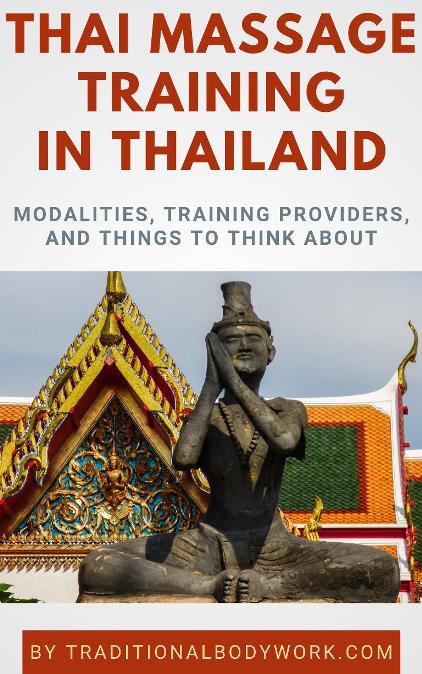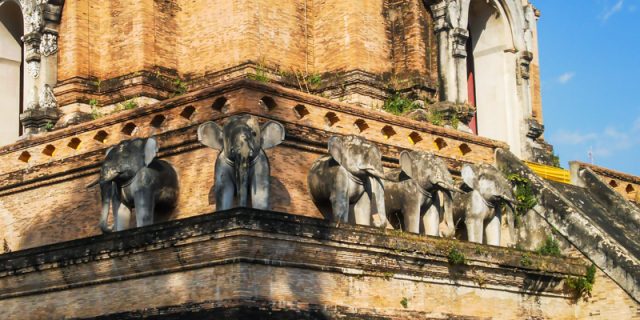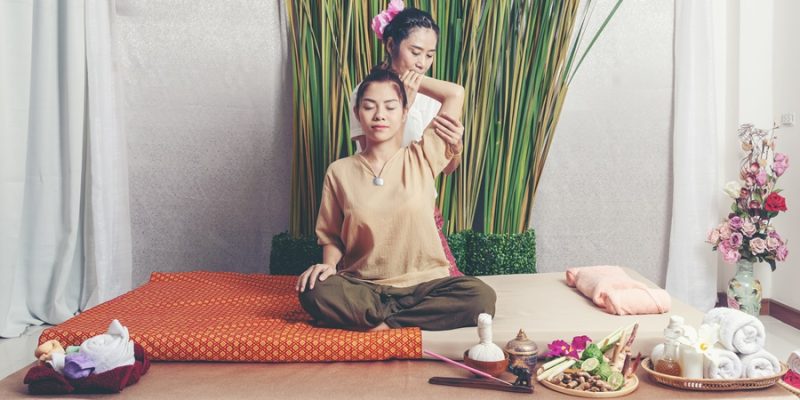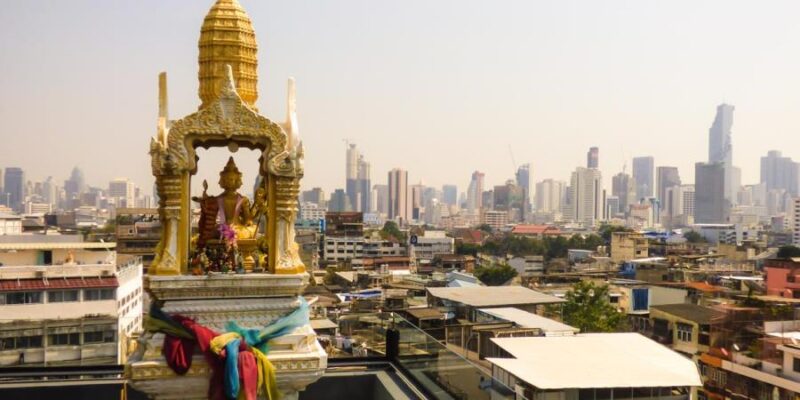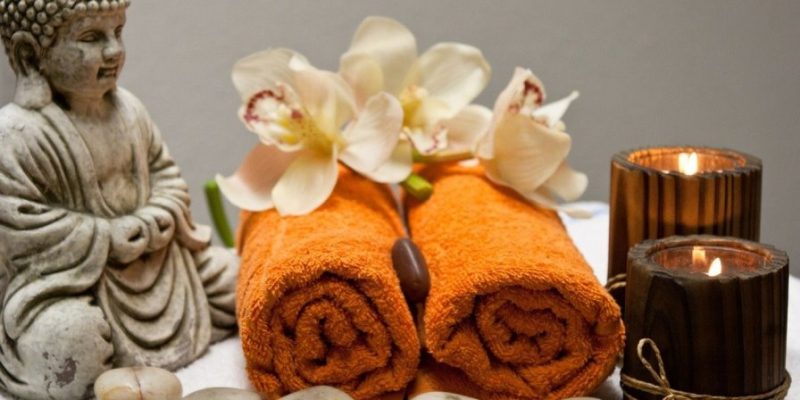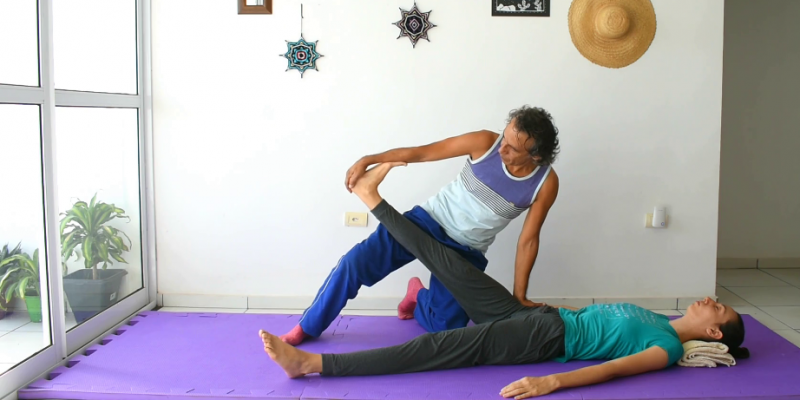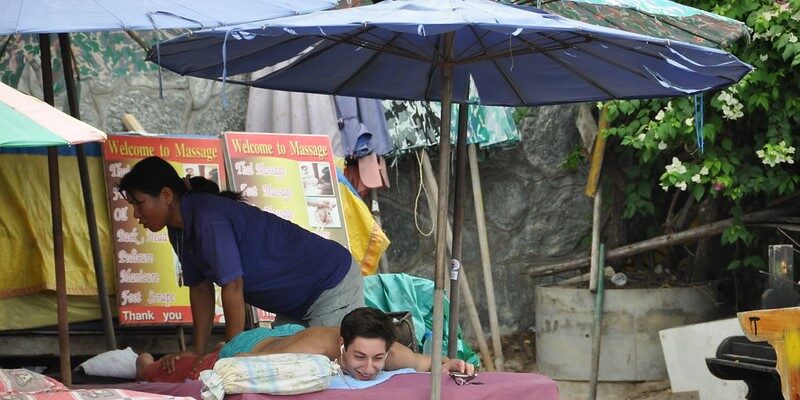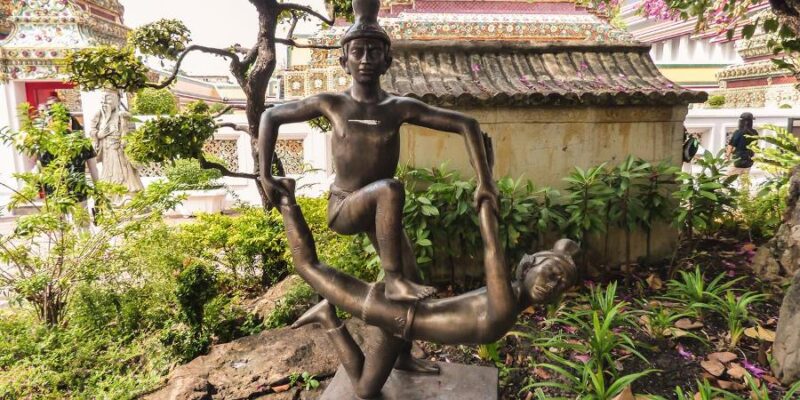
It’s a bit awkward perhaps, but if you look for Thai Massage trainers in Laos or Cambodia (two of the neighboring countries of Thailand) you’ll find about almost none. This has historical and contemporary causes, which we will explain in this article.
But first, no worries, there’s certainly no lack of massage treatments and services, salons, or spas in neither Laos or Cambodia. So, if you’d like to have a (Thai, Lao, or Cambodian) massage in one of these countries, especially in Luang Prabang or Vientiane in Laos, or Phnom Penh or Siem Reap in Cambodia, it’s no issue to find a treatment provider. But when it comes to training courses, the story becomes quite different.
Historical Background
In fact, the massage treatments you’d generally receive in the two countries are basically much alike Thai Massages, although they are called Lao Massage in Laos and Cambodian Massage or Khmer Massage in Cambodia. It’s said that the massages given in both countries are generally more gentle, softer, and somewhat more conservative in style, entourage, and ambiance than what you’d usually get in Thailand.
But how come? Well, to make a very long story short, Laos and Cambodia where dominated by Thailand (actually by Siam) in the golden age of the (Ayutthaya) Thai people, roughly mid 15th to mid 19th century. This was before the French took control in Cambodia in 1864 and in Laos in 1893 and established so-called French Indochina.

Things are not so clear cut though. The whole region of what now is Myanmar (Burma), Laos, Cambodia, Thailand, and even parts of Vietnam where heavily influenced by Indian culture, architecture and ideas, notably coming from the Khmer (Indianized) empire that lasted from roughly 800 to 1430.
Another well-known Indianized state was present in what is today Northern Thailand from the 13th to the 18th century, the so-called Lanna Kingdom (Lan Na), which where Northern Thai people that defied the Southern Thai people from the so-called Ayutthaya Kingdom (Siamese kingdom from 1351 to 1767).
In fact, the whole region mentioned was formed, molded, and enriched as a result of thousands of years of cultural, scientific, and religious influences from the two great cultures and powers in Asia, namely India and China. A region also formed and inspired by a syncretism of Buddhism and Hinduism, Confucianism, Taoism, and Animism.
Anyhow, when the Thai in the 19th century let go (to the French) of what now is Laos and Cambodia, it took up to the end of the cold war in the beginning of the 1990’s before Laos and Cambodia could slowly start to free itself, open up again, and recover from the dramatic events of genocide, guerrilla wars, communism, occupation by both Western and Vietnamese and Chinese forces, and the like.
Meanwhile, Thailand (the name had changed from Siam to Thailand in 1939) had prospered since the end of the second world war and went through a remarkable development growing economically and becoming prosperous by allying with the West opening up for new and modern capitalistic services, industry and tourism. Thailand managed to create strong brands for its traditions — Thai Boxing, Thai Dance, Thai Massage, Thai Medicine, and so on.
We need to understand that the ‘Thai traditions’ where likewise present (and more or less the same) in Laos and Cambodia. One just needs to travel to Laos and Cambodia to notice that the differences with Thailand are not that big in for instance architecture and arts. And just take a massage in one of the countries and you’ll know you are in fact receiving a ‘Thai Massage.’
Surely, ‘Thai Massage’ doesn’t really exist as a definite modality. It’s a mix and integration of centuries of habits, local customs, healing methods, techniques, and styles prospering in a broader region and only of late ‘study curricula’ have been created to standardize this healing modality.
The Situation Today
Laos and Cambodia still have a long way to go licking their wounds and recovering. In fact, they are about 50 years behind Thailand when it comes to economical and infrastructural development. There’s not enough money, not enough infrastructure, and it’s currently simply not possible yet to sustain a massive educational massage industry. Many, many other problems still have to be solved first.

Then another problem arises. How to call their massage tradition? Thai Massage?
But then of course students would rather study in Thailand which has much better facilities and is supposed to be the “roots” of the healing modality.
Then maybe call it Lao Massage or Khmer Massage?
Well … students may soon find out that it’s basically ‘just’ Thai Massage and return for further studies to Thailand. Things are surely rather problematic!
But okay, it is what it is, and let’s now take a look at what Laos and Cambodia have to offer when it comes to traditional Thai Massage training.
Thai Massage Training
Laos
It’s a bit ironic that the only real known Thai Massage training course in Laos comes from the French in the form of the so-called Thai Massage Circus, the famous yearly one-month event near Luang Prabang. Maybe, just maybe, it’s the start for more. Perhaps, this is the only way to do things in Laos for the moment, that is—creating special Thai Massage training events and retreats.
Dhammada Massage Oasis, in Luang Prabang, is one of the few centers we’ve found in Laos that offer Thai Massage.
Cambodia
The only school we’ve found of which we’re sure to be active is the Khmer Academy of Massage Therapy, a Thai Yoga Massage Bangkok Metta affiliated school in Siem Reap.
Two other schools we’ve spotted (but not sure if they’re still doing business) are the Body and Soul Spa and the Massa Massage School.


